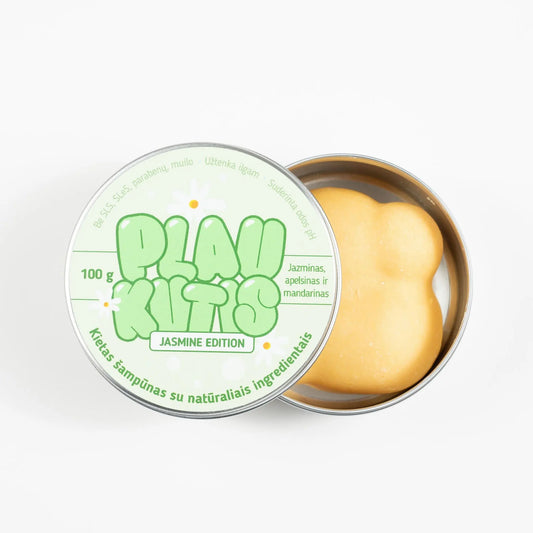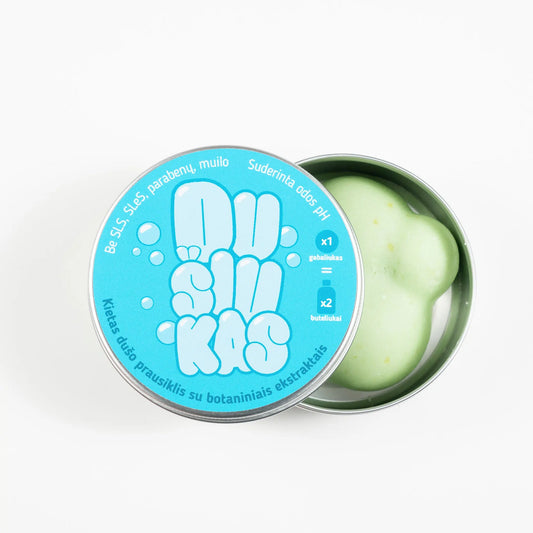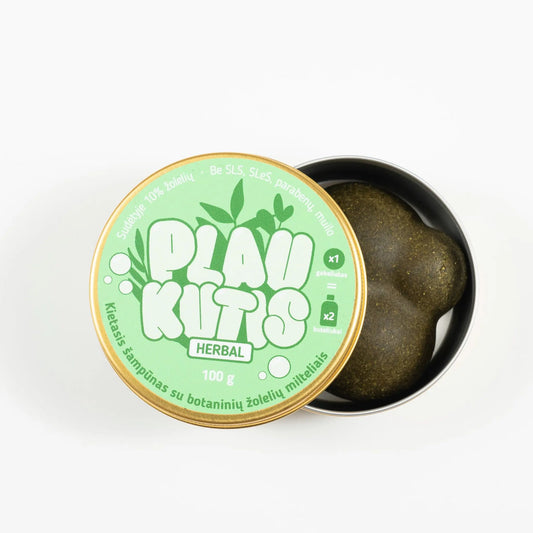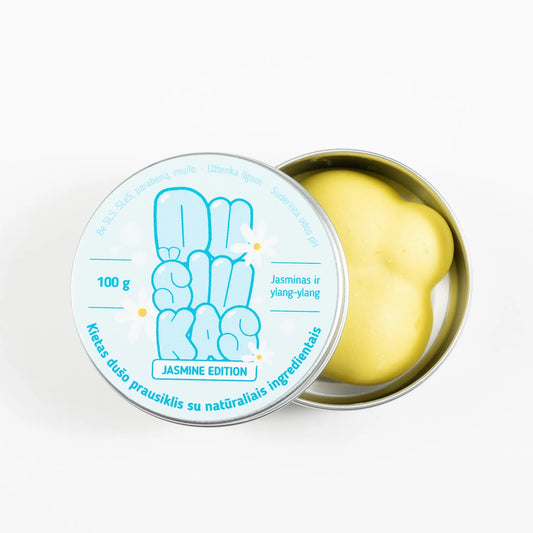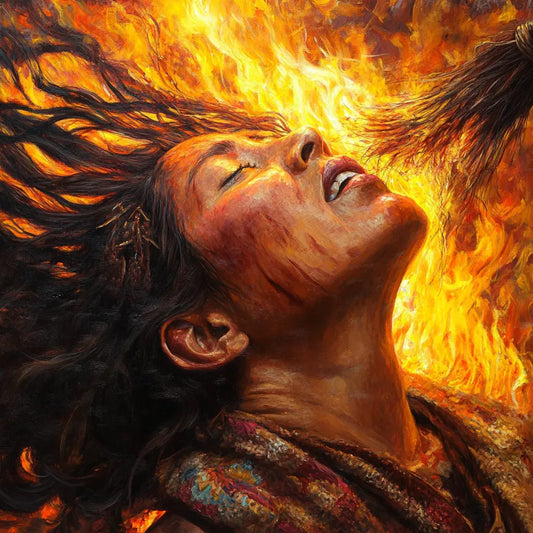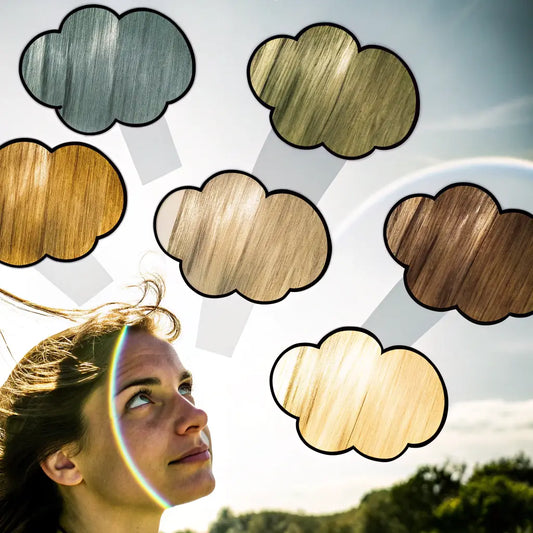We all love that smooth, shiny look that a straightener gives us. But too much heat can seriously damage your hair. Heat damage is responsible for over 70% of all hair breakage problems , often causing dryness, breakage, and split ends. In fact, studies show that heat damage can take up to 6 months of careful care to repair. This can make your hair look and feel unhealthy , even losing its natural texture.
The good news? Heat damage is preventable . With the right tools, products, and techniques, you can keep your hair healthy while still enjoying your heat-styled hairstyles. Let's take a look at how you can protect your hair from heat damage and keep it in top condition.

Choosing the right tools for your hair type
Not all heat styling tools are created equal, and choosing the right one for your hair type can make a big difference. Here are some tips to help you choose the best tools:
- Ceramic vs. Titanium : If you have fine or fine hair, opt for ceramic tools . Ceramic distributes heat evenly, reducing the risk of hot spots that can burn fragile strands. Titanium tools , on the other hand, are better suited for thick hair because they heat up quickly and provide higher temperatures for resistant hair types. Did you know that 68% of people with fine hair prefer ceramic straighteners over other materials? Ceramic straighteners distribute heat evenly, reducing hot spots that can cause breakage. Interestingly, ceramic tools became popular in the 1990s as a gentler option for heat styling.
- Adjustable heat settings : When choosing a tool, it is essential that it has adjustable heat settings. Different hair types require different levels of heat . For example, fine hair needs lower heat (around 150°C ), while thick hair may need temperatures up to 200°C . A 2022 Hair Health Magazine survey found that 78% of women experienced less heat damage when switching to styling tools with adjustable heat. The same survey revealed that 35% of respondents noticed an improvement in hair shine after just two months of using adjustable settings.
- Ionic technology : Tools with ionic technology can help reduce frizz and seal in moisture. Did you know that ionic technology can reduce frizz by up to 60% , according to a 2021 study in the Journal of Hair Care Science ? This is especially beneficial for wavy or curly hair, which is prone to frizz when exposed to high temperatures. Ionic technology uses negative ions to neutralize positive ions in dry hair, which helps retain moisture.
- Size matters : The size of the tool should also be appropriate for your hair type and length. If you have short hair, a narrow straightener or small curling wand (about 2.5 cm ) is best. For longer hair, choose a wider straightener to cover more surface area and reduce styling time.

The importance of heat protection
Heat protectants are your best friends when it comes to preventing heat damage. These sprays, creams, and serums create a barrier between your hair and hot tools, reducing the heat's impact on your strands. Here's how they help:
- Barrier formation : Heat protectants work by coating each strand with a protective layer, reducing moisture loss and protecting the cuticle. A 2019 study by the International Hair Science Association found that using a heat protectant reduced hair breakage by an average of 50% . Additionally, participants who consistently used a heat protectant experienced 30% fewer split ends than those who didn’t.
- Different types for different hair types : Not all heat protectants are created equal. If you have fine hair, choose a lightweight spray that won’t weigh your hair down. For thick or curly hair , a richer serum or cream can provide more moisture and control. 65% of women with thick hair say that creams keep their hair sleeker than sprays.
- Key Ingredients : Look for heat protectants that contain silicone, argan oil, or keratin . Not only do they protect your hair from heat, they also add shine and reduce frizz. Did you know that heat protectants with silicone can withstand temperatures up to 230°C?

Setting the right temperature for hair health
Using the right temperature is essential to avoid heat damage. Here are some tips for determining the right heat level for your hair type:
- Fine or damaged hair : If your hair is fine or has previous damage , keep your tools in the 120-150°C range. In a 2020 study, 43% of participants with fine hair noticed significantly less breakage when they maintained this temperature. High temperatures can easily burn fragile hair, causing breakage. Statistics show that 43% of people with fine hair noticed less damage when tool temperatures were 150°C or lower . Fine hair is especially sensitive to high temperatures, which can cause up to 30% moisture loss if the temperature exceeds 150°C .
- Medium-thick hair : For medium-thick hair, choose 150-175°C . This range is hot enough to effectively style, but not so hot that it causes unnecessary damage. A 2021 study highlighted that 55% of participants with medium-thick hair saw healthier results when they kept below 175°C . The study also showed that participants experienced 20% less frizz and 15% more shine when they kept this temperature.
- Thick or coarse hair : If your hair is thick or coarse , you can use a temperature of 175-200°C . However, always start with a lower temperature and gradually increase it if necessary. A 2020 survey found that 67% of women with coarse hair needed at least 190°C to achieve the desired style, but there were benefits to not going over 200°C . Interestingly, keeping the temperature below 200°C reduced the likelihood of split ends by 25% , according to a 2021 Healthy Hair Institute survey .
- Never use too much heat : It may be tempting to increase the temperature of your straightener to achieve faster results, but anything over 230°C is too much for any hair type. Hair starts to burn at 232°C , so it’s essential to stay below this limit.

Myth busting: interesting facts about heat damage prevention
Myth 1: Heat protectants don't do anything - Totally false! Studies show that using a heat protectant can reduce hair breakage by up to 50% . The American Academy of Dermatology strongly recommends using a heat protectant as the first step in any heat styling routine to minimize cuticle damage.
Myth 2: The higher the temperature, the better the results - While higher temperatures can speed up styling, they also cause more damage. Always use the lowest effective temperature for your hair type .
Myth 3: Heat protectant is only needed for straighteners - Heat protectant should be used on all hot tools , including blow dryers, curling irons, and even hot rollers.
Fact 1: Air-drying before styling can reduce damage - Allowing hair to air dry to about 80% before blow-drying can significantly reduce heat exposure. A 2020 study found that partial air-drying before blow-drying reduced total heat exposure time by 40% .
Fact 2: Cooling is important - Allowing hair to cool completely after styling helps set the style and reduce heat stress. 42% of stylists recommend finishing with a cool blast to lock in the style. Cooling your hair after styling helps seal the cuticle , which increases shine and helps your style last longer.

Practical tips to prevent heat damage
Use a microfiber towel : Dry your hair with a microfiber towel instead of a regular cotton one. Microfiber reduces frizz and absorbs water without causing friction damage.
Limit heat styling : Try to limit heat styling to 2-3 times a week . On other days, opt for heat-free hairstyles such as braids, ponytails, or curls.
Deep condition regularly : Use a deep conditioner once a week to keep your hair moisturized and healthy. Heat styling can strip moisture , so deep conditioning helps restore lost moisture.
Trim your ends regularly : Split ends can make your hair more vulnerable to heat styling. Trim your ends every 6-8 weeks to maintain their health.
Avoid overlapping passes : When straightening your hair, avoid going over the same section of hair multiple times . One slow pass is better than several fast passes .
Use the right comb : When drying your hair, use a round ceramic comb . They help distribute heat evenly and shorten drying time by reducing the effects of heat.

FAQs about heat damage prevention
- How often should I use heat on my hair? It's best to limit heat styling to 2-3 times a week . The less you use heat, the healthier your hair will be .
- What temperature is safest for my hair type? Fine hair : 120-150°C . Medium hair : 150-175°C . Thick hair : 175-200°C . Never exceed 230°C .
- Do I need a heat protectant every time I use hot tools? Yes! Always use a heat protectant to create a barrier between your hair and the hot tool.
- Can I air dry my hair instead of using a dryer? Of course . Air drying is much gentler and helps reduce the overall heat exposure , which is better for the health of your hair.
- Are there tools that cause less heat damage? Ceramic and ionic tools are generally better for minimizing damage. Always choose tools with adjustable temperature settings .

Conclusion: Tips for Safe Heat Styling
Heat styling doesn't have to mean heat damage . By choosing the right tools, using heat protectants, and setting the right temperature, you can keep your hair healthy while still enjoying beautiful hairstyles. Don't forget to give your hair some love with regular deep conditioning and take breaks from heat whenever possible. Your hair will thank you for it!
